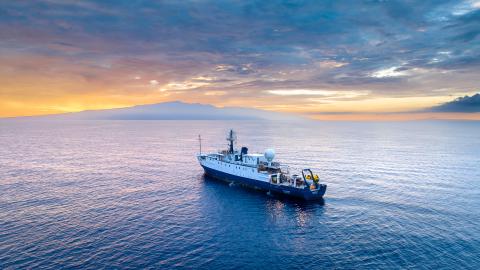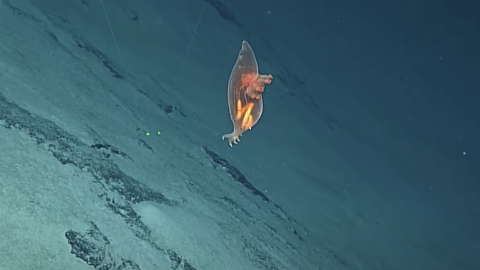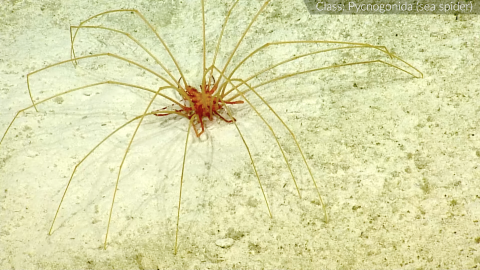Students Study the Geological History of Palmyra Atoll and Kingman Reef
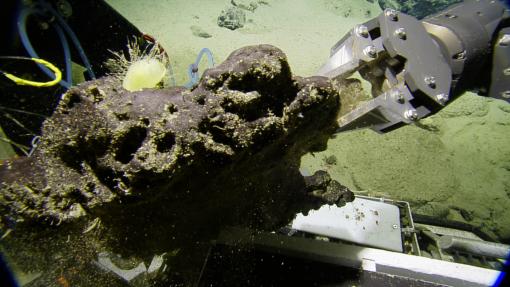
OET’s first expedition of 2022 explores Palmyra Atoll National Wildlife Refuge and Kingman Reef National Wildlife Refuge within the Pacific Remote Islands Marine National Monument (PRIMNM). With mapping and sampling, we hope to advance our understanding of the regional ocean exploring areas in the US Exclusive Economic Zone but inside and outside the protection of PRIMNM which have never been surveyed with ROVs or submersibles.
Exploration areas are within the Prime Crust Zone, an area of the Pacific with the oceanographic conditions observed to concentrate deep-sea minerals, including economically valuable metals and rare earth elements like iron-manganese (FeMn) and cobalt-rich mineral crusts. Collecting and studying rock specimens will help address questions about thickness and composition of FeMn and Co-rich crusts and ground truthing where they occur. ROV Hercules’ observations and samples will be important to understanding the complex geological history, including the origins of the seamounts of the Line Islands.
Two graduate students from University of Rhode Island’s Graduate School of Oceanography onboard. Coralie Rodriguez is looking into the origins and conditions of ferromanganese (Fe-Mn) crust formation on Pacific seamounts. Fe-Mn crusts are precipitated from the ambient seawater onto hard substrate. It’s thought that these rocks are important reservoirs for economically valuable metals and minerals. They also form over long periods of time, so there may be some implications for reconstructing past paleoceanographic regimes. During dives, we’ve collected samples of Fe-Mn crusted rocks for Coralie to study both in the wet lab aboard ship and back at URI’s Marine Geological Samples Laboratory and her lab at the Graduate School of Oceanography. There, she will conduct geochemical analyses to determine the concentration of different elements within the crust samples.
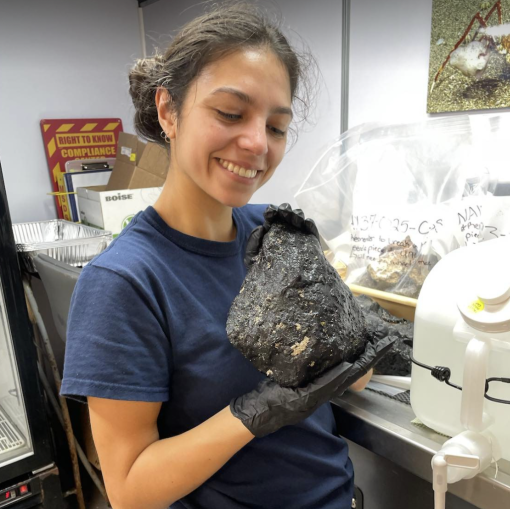
Rebecca Lippitt’s research is far from our expedition location; she studies a series of volcanic islands off the western coast of Mexico. These volcanoes are young and active, even though the region sits atop the Mathematician Ridge, a spreading center that failed ~3.5 million years ago. Rebecca is using the chemistry of the erupted lavas to help distinguish different processes going on in the mantle that may drive this novel volcanism. Understanding what’s happening beneath the lithosphere is the best way to help track the evolution of our planet. While her interests lie in the Eastern Pacific, her time aboard Nautilus has served as a practice run for her own cruise, slated to go out in 2023. She’s enjoyed learning how sampling with ROVs works and how to process a variety of different samples on a ship.
Stay tuned as we continue to explore the ancient geology of the Central Pacific throughout 2022.
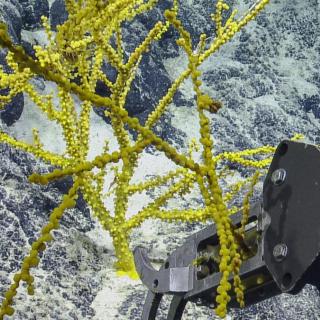
Kingman Reef & Palmyra Atoll
The deep-water areas around Kingman Reef and Palmyra Atoll are within one of the largest marine protected areas in the world, the Pacific Remote Islands Marine National Monument (PRIMNM). Despite a growing number of expeditions to explore deep-sea environments of the PRIMNM, including a 2019 Nautilus expedition, many areas remain unexplored.
